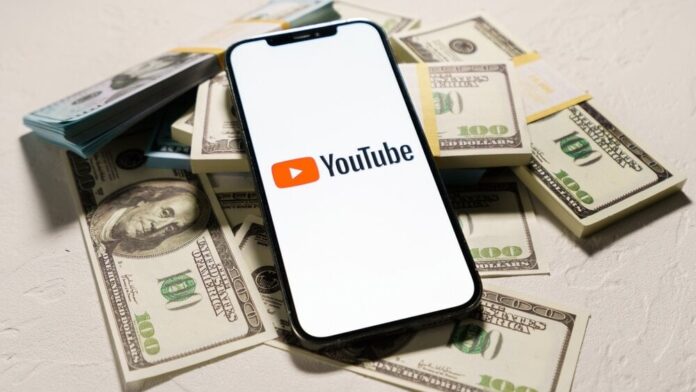The growth of YouTube’s ad revenues continues to accelerate, jumping 15% YoY in the third quarter.
YouTube advertising brought in $10.26 billion in Q3 2025, Alphabet said in its latest earnings report. That marks the first time the number surpassed $10 billion in a third quarter.
The growth was “driven by direct response advertising, followed by brand,” said Anat Ashkenazi, CFO of Google and parent company Alphabet, on the company’s Q3 investor call Wednesday (October 29).
Alphabet doesn’t break out subscriber numbers specifically for YouTube Music, YouTube Premium and YouTube TV, but the company’s subscriptions, platforms and devices segment saw revenue jump 21% YoY in the quarter, to $12.9 billion.
The most recent update on YouTube Music subscribers came in March, when Google reported 125 million paid Music and Premium subscriptions worldwide – an increase of 150% since mid-2021, when it counted 50 million.
Alphabet CEO Sundar Pichai said on the earnings call that Google’s total paid subscriptions passed 300 million during the quarter, led by growth in cloud storage service Google One and YouTube Premium.
The company’s latest numbers also highlighted the growing importance of YouTube Shorts, the short video format YouTube launched in 2021 to compete with TikTok.
“In the US, Shorts now earn more revenue per watch hour than traditional in-stream on YouTube,” Pichai said on the call.
However, the company issued a caution on YouTube’s ad revenues for the upcoming final quarter of this year, with Chief Business Officer Philipp Schindler predicting that the numbers “will be negatively impacted by the strong spend on US elections in the fourth quarter of 2024.”
Overall, Alphabet reported earnings that blew past analysts’ expectations, with total revenues passing the $100-billion mark for the first time. The company’s $102.3 billion in revenue was up 15% YoY on a constant currency basis.
Net income jumped 33% YoY to $34.98 billion, and earnings per share came in at $2.87, beating expectations of $2.33 among economists polled by LSEG, as cited by CNBC.
A good deal of that growth was driven by AI, Pichai said. “We are seeing AI now driving real business results across the company.”
At YouTube, AI is now “streamlining the entire content creation workflow from generated video tools and more efficient editing to AI-powered insights that help creators optimize their channels,” Pichai added.
“We are also using AI to expand monetization, automatically identifying products to make their videos more shoppable.”
On the earnings call, Schindler highlighted a fact that is well-known within the music industry – that paid subscriptions are better revenue drivers than ad-supported subscriptions.
“On average, a YouTube Music and Premium subscriber generates a meaningful higher gross profit than if they were simply ad-supported users,” he said.
“On average, a YouTube Music and Premium subscriber generates a meaningful higher gross profit than if they were simply ad-supported users.”
Philipp Schindler, Alphabet
Nevertheless, Google remains committed to its strategy of monetizing YouTube via both ads and subscriptions.
Earlier this month, YouTube Global Head of Music Lyor Cohen said the platform’s “twin-engine model” of ads and subscriptions is “firing on all cylinders,” and revealed YouTube had paid out $8 billion to music rightsholders in the year from July 2024 to June 2025.
That brings YouTube close to matching Spotify as a source of music revenue. Spotify paid out $10 billion in music royalties in 2024.
The $8 billion payout “is not an endpoint,” Cohen said. “It represents meaningful, sustained progress in our journey to build a long-term home for every artist, songwriter, and publisher on the global stage.”
Chartmetric is the all-in-one platform for artists and music industry professionals, providing comprehensive streaming, social, and audience data for everyone to create successful careers in music.Music Business Worldwide



